|
The Making of Sperati Reproductions
This 16 page
presentation (here as PDF file and below in
thumbnails that link to 600 dpi images) describes and illustrates many of the
ingenious techniques used by Jean De Sperati in manufacturing his stamp
reproductions, or as he preferred, his "philatelic art." It is the story
of how Sperati creating his art as well as his artifices.
Sperati was
an exceptionally talented and prolific postage stamp forger. The British
Philatelic Association (BPA) purchased his stock in 1953 and then
published The Work of Jean De Sperati that described and illustrated 358
of his reproductions. In 2001, a second book, written by Robson Lowe and
Carl Walske (Sperati II) was published by the Royal Philatelic
Society that identified a further 102 reproductions.
Sperati
wrote about his techniques in La Technique and although this
exhibit uses information found in the English version of that work (PDF
file of version in English is
here), it
is focused primarily on the physical evidence. After his death in 1957, Sperati's daughter conveyed to Carl Walske much of his remaining
production-related artifacts. Several of those items are incorporated in
this exhibit including original unfinished items, working proofs,
negatives, cancel tracings and celluloid clichés used to print the
reproductions. Many of the items shown are not known outside of this
collection.
In 1942
Sperati sent an approval sheet shown on page one to a stamp dealer in
Portugal that was intercepted by French Customs. He was then prosecuted
for exporting stamps of substantial value without declaring them. In his
defense, Sperati claimed that they were all forgeries. When a French
criminologist declared them to be genuine, Sperati produced an identical
set of the stamps. He was finally acquitted of the smuggling charge by
the court in Chambery in 1948.
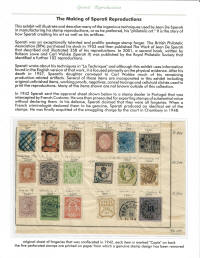
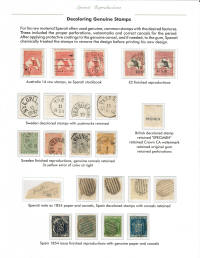
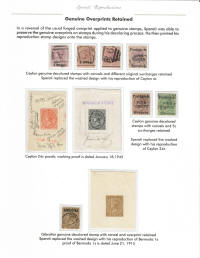
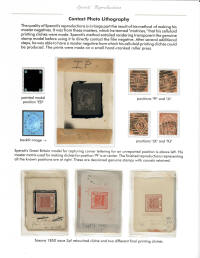
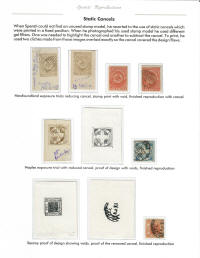
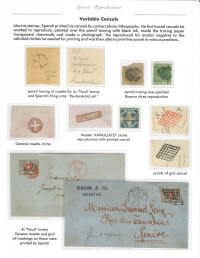
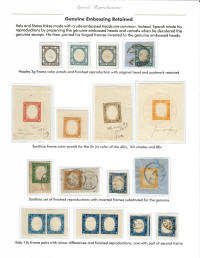
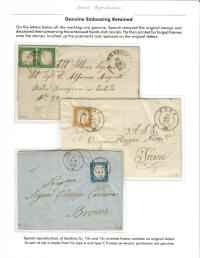
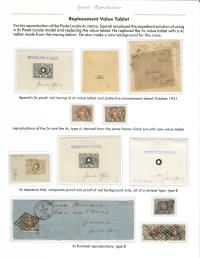
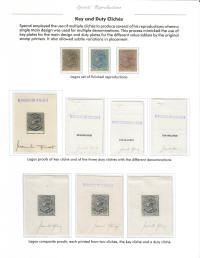
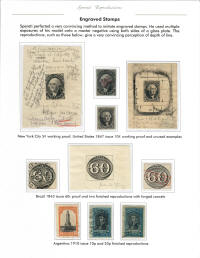
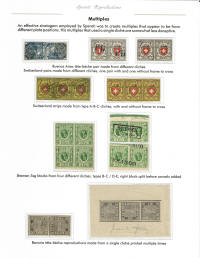
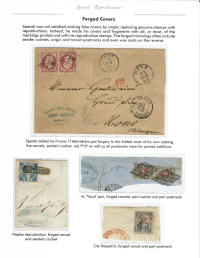
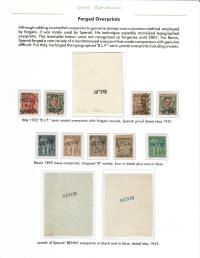
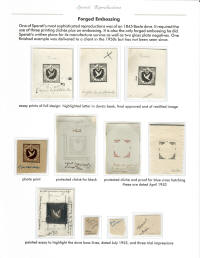
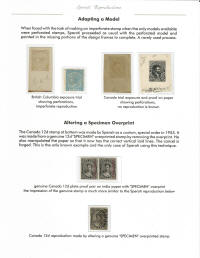
|


